A cross between a scone and a rock cake, Paris Buns are super easy to make. This recipe uses buttermilk to give a light and fluffy texture and pearl sugar nibs (little pieces of hard sugar) decorate the tops.
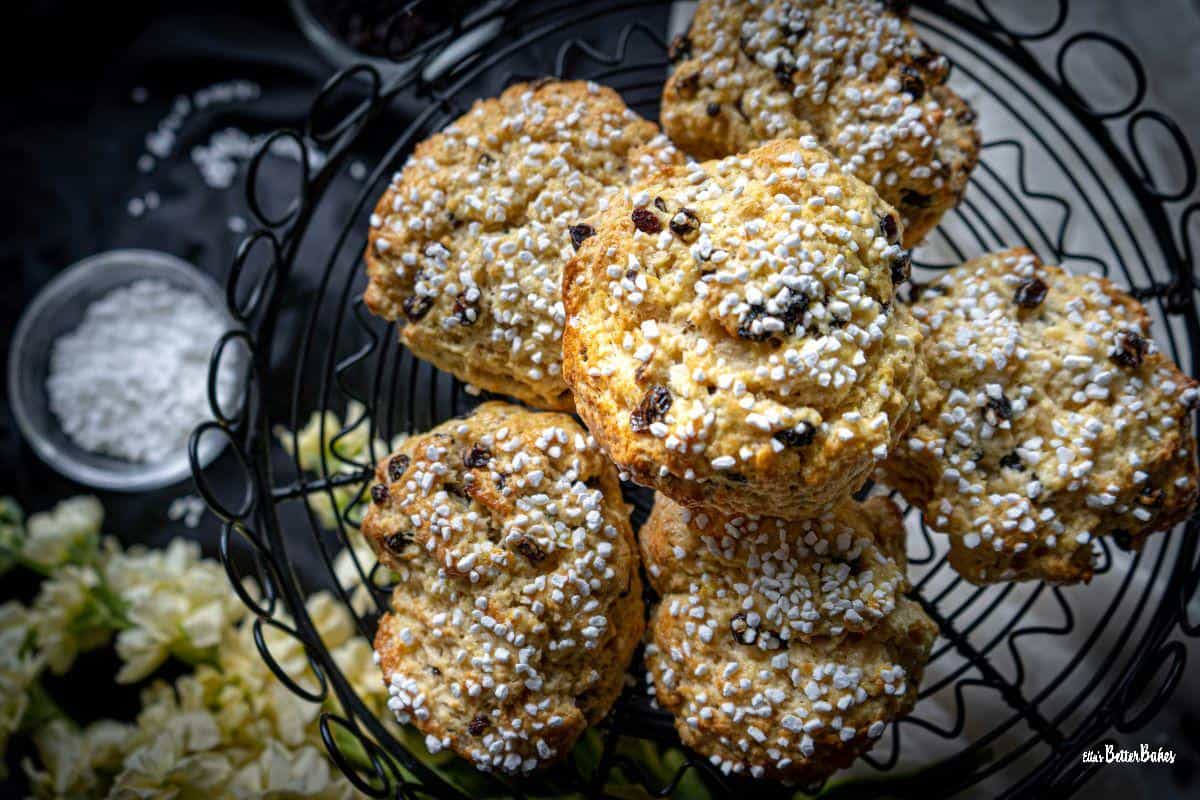
Paris Buns date back to the late 19th century and were once hugely popular in Northern Ireland and Scotland.
We went for lemonade and Paris buns
Van Morrison - Cleaning Windows
Known for their distinct topping of crystalised sugar, called pearl sugar or nib sugar, they have, sadly, been a little forgotten through the mists of time, maybe the popularity of scones has edged them out of the limelight a little, who knows.
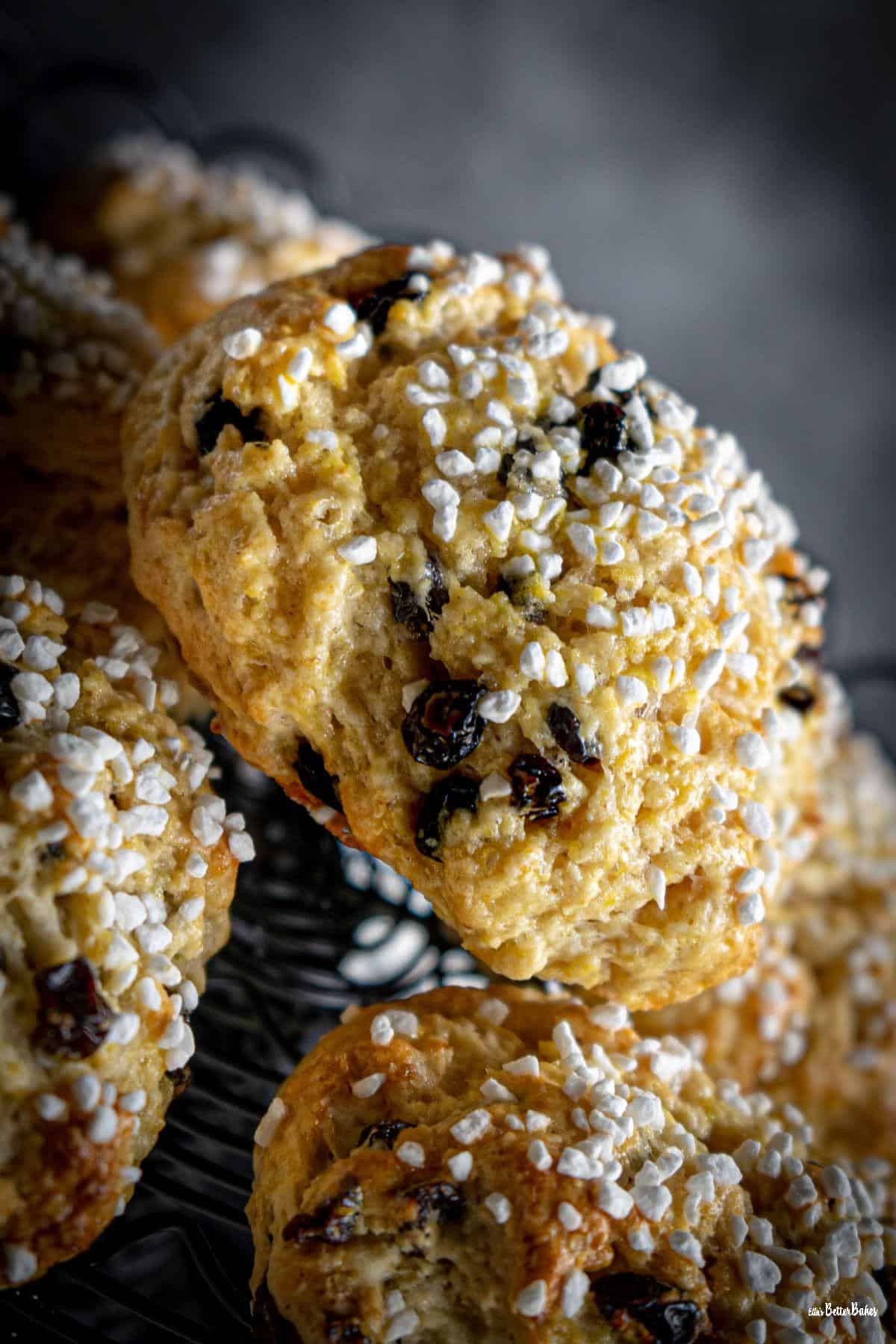
One thing is certain, they deserve a comeback because they are simply delicious!
The name Paris Buns remains a bit of a mystery, but it is thought that perhaps the addition of pearl sugar added a little French chic, hence the fancy name!
Either way, they certainly deserve to be welcomed back to our tea rooms and are amazingly easy to make.
Jump to:
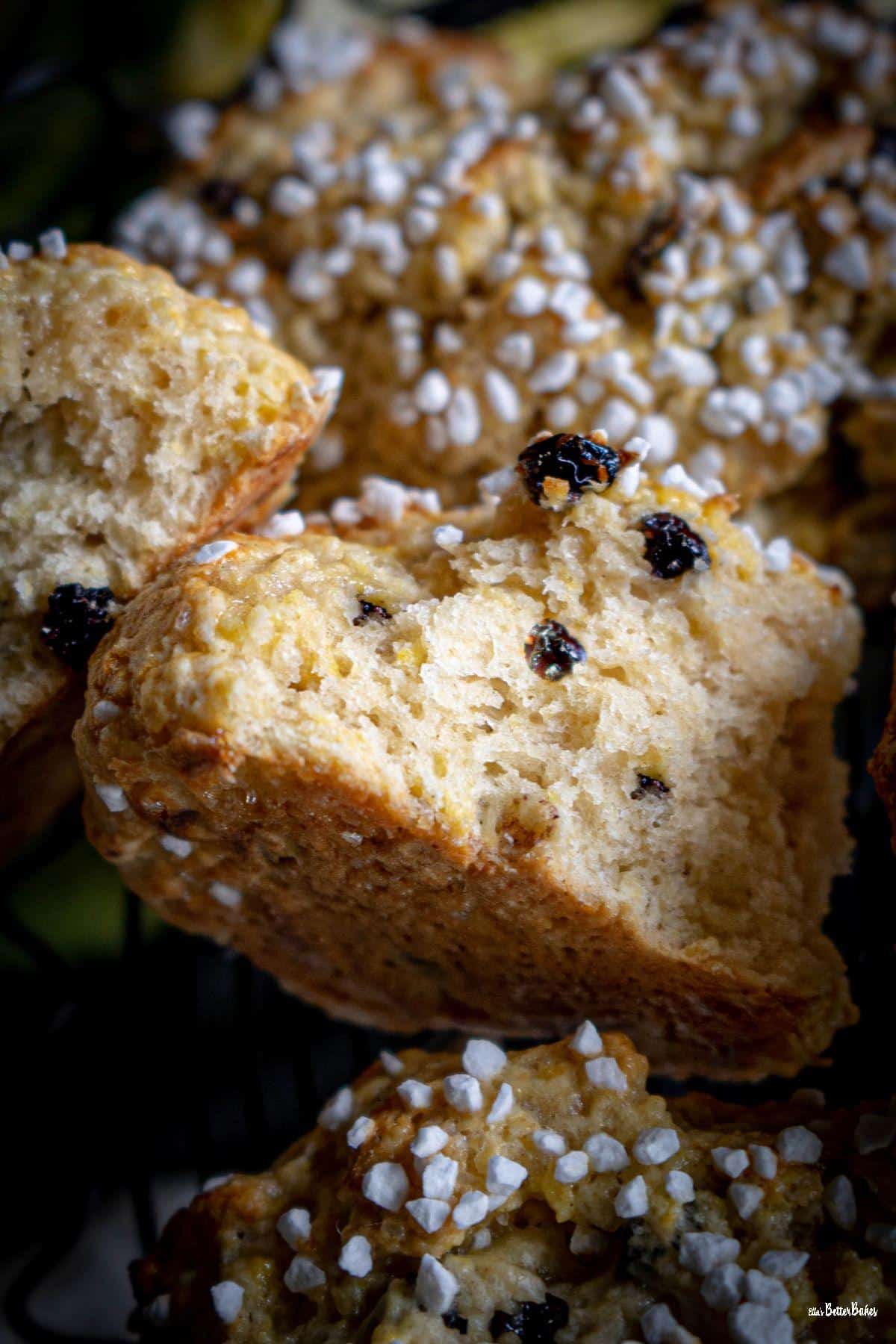
Why make these Paris buns?
A scone/rock cake cross✔️
Demerara sugar for a rustic, slightly nutty flavour✔️
Buttermilk for lightness✔️
Delicious warm with a cup of tea✔️
Take 10 minutes to make✔️
Ingredients
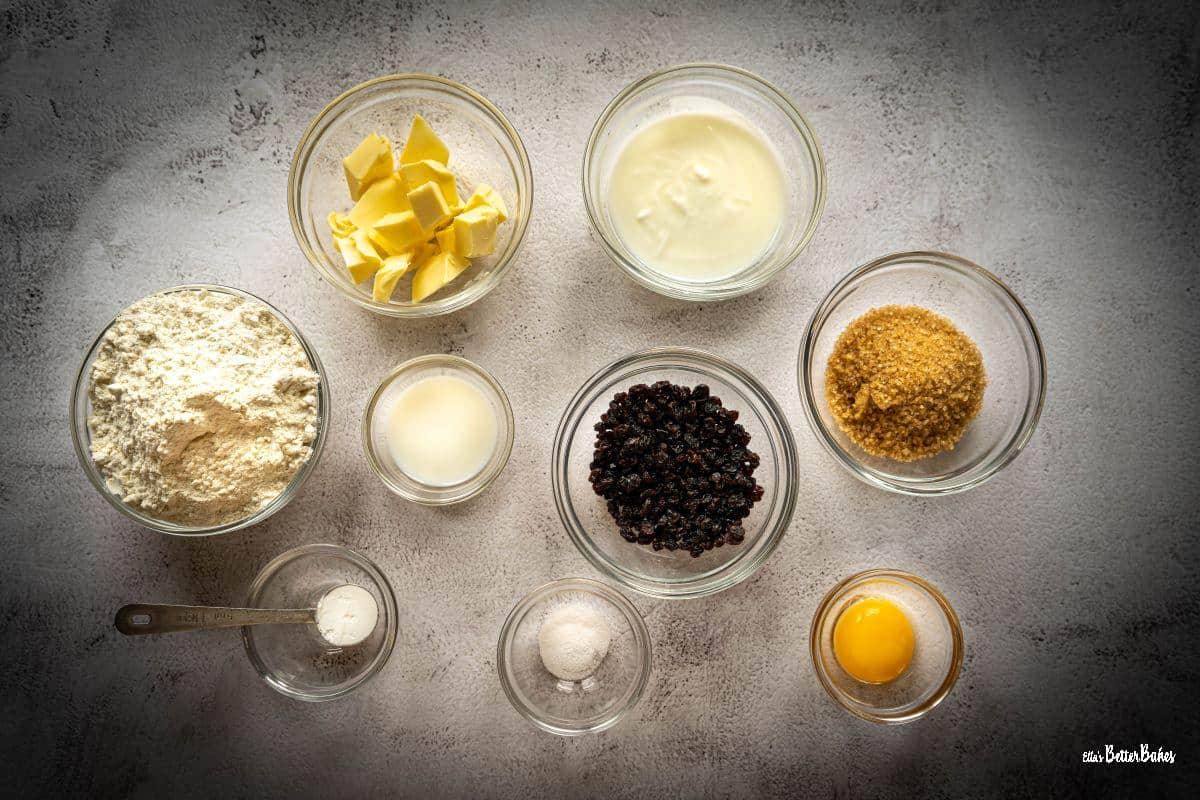
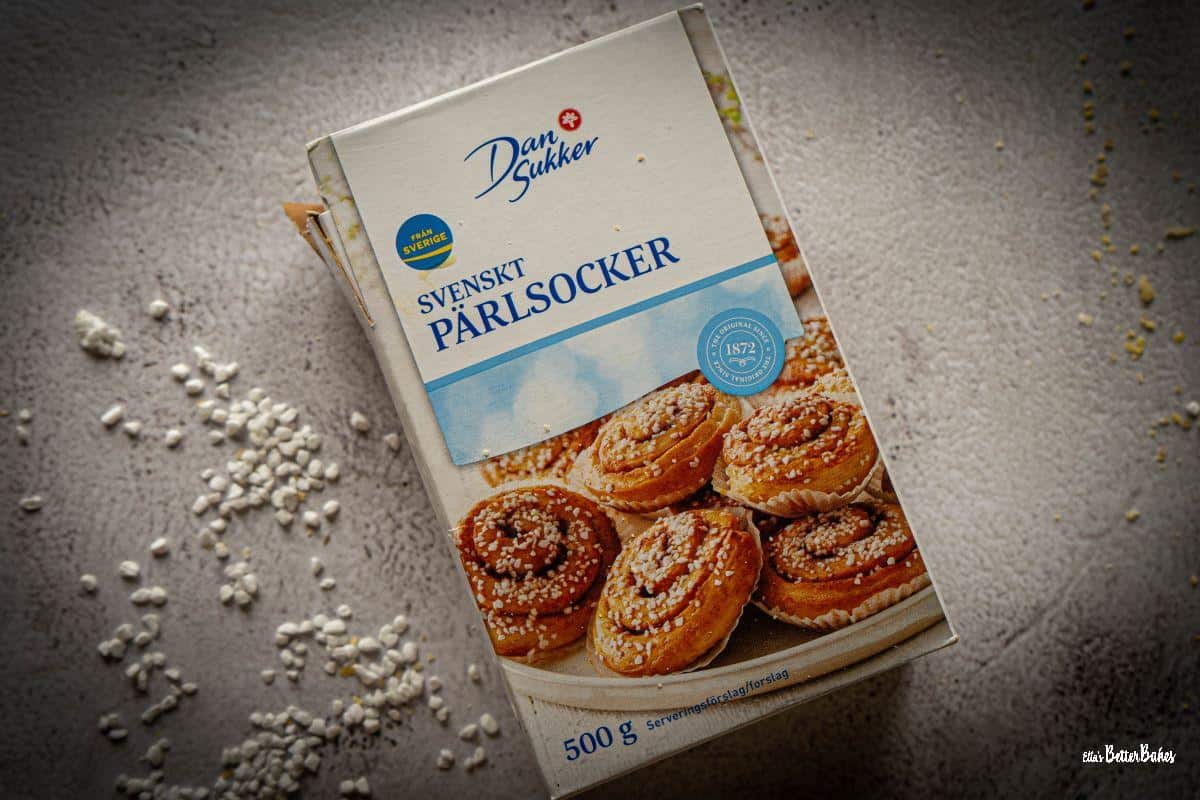
- Pearl/nibbed sugar
- Plain (all-purpose)flour
- Demerara sugar
- Unsalted butter
- Buttermilk
- Milk
- Fine salt
- Currants
- Egg yolks
- Baking powder
Instructions
See end of post RECIPE CARD for precise quantities and instructions.
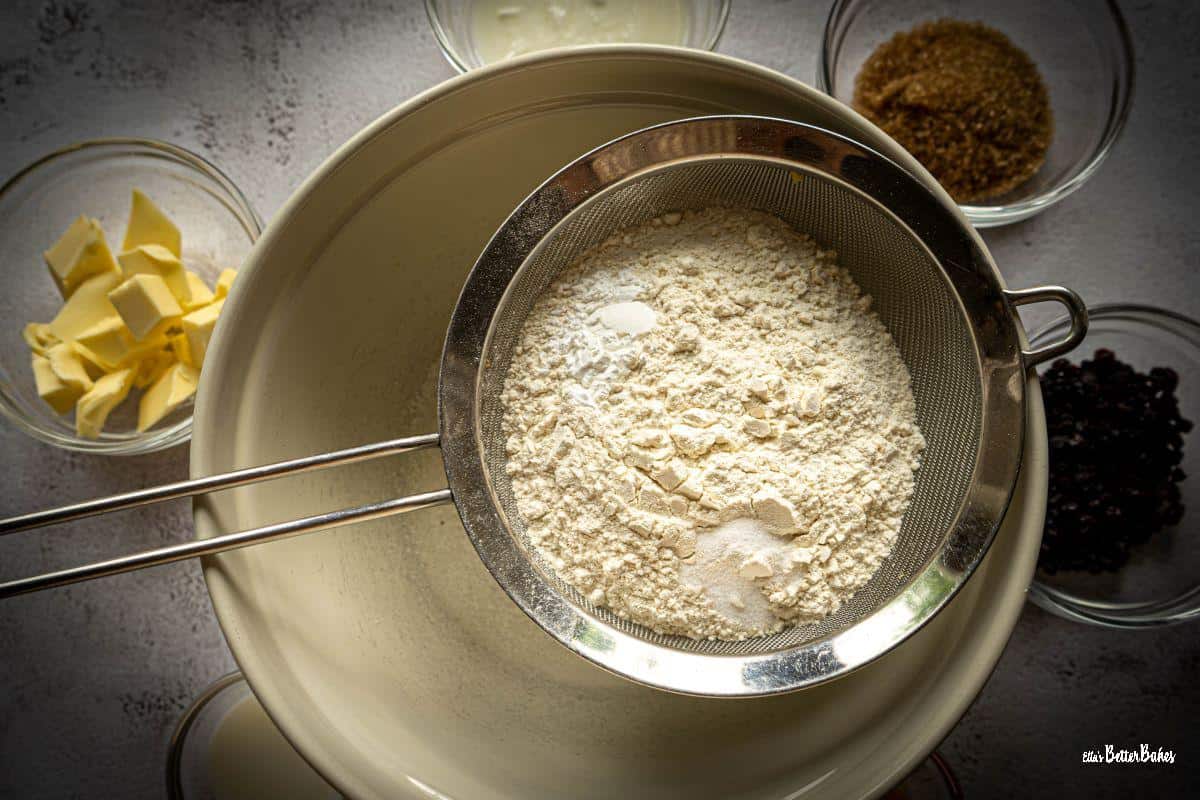
Sift together your flour, baking powder and salt and then rub in your butter.
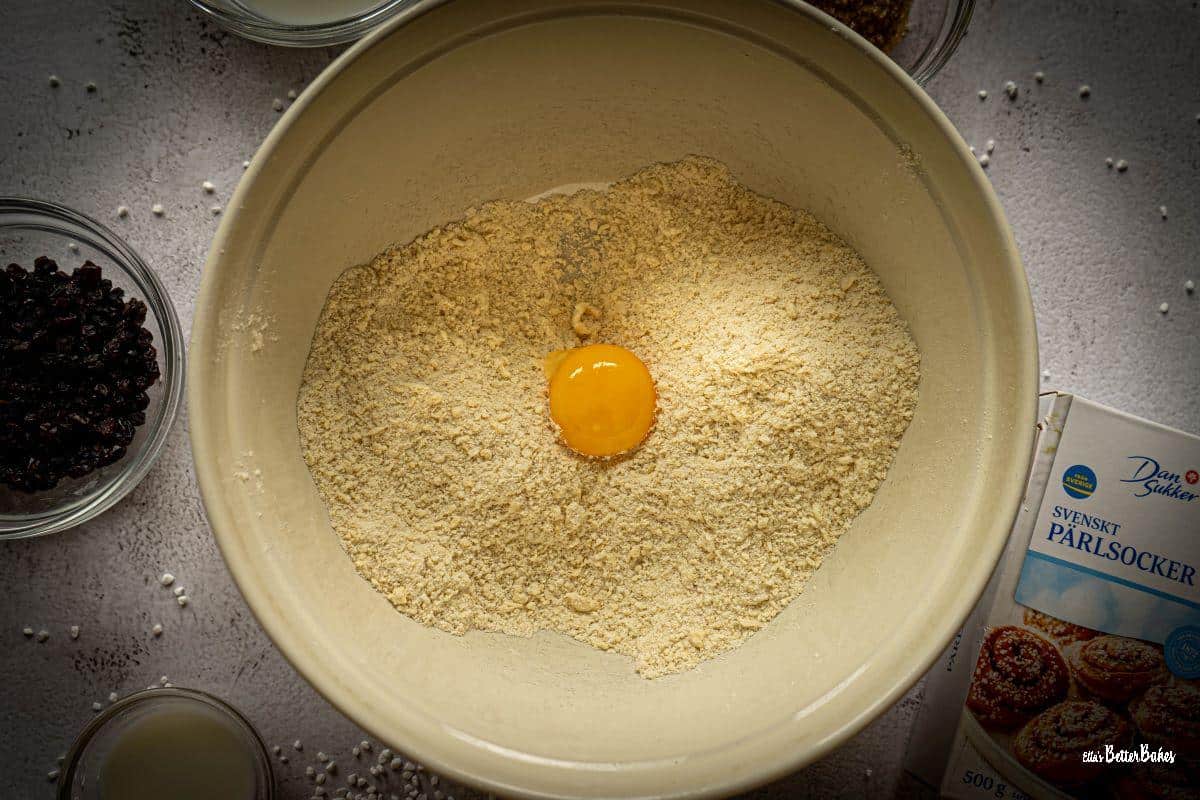
Add your egg yolk and rub that in too. Make a dent/well in the centre of the mixture.
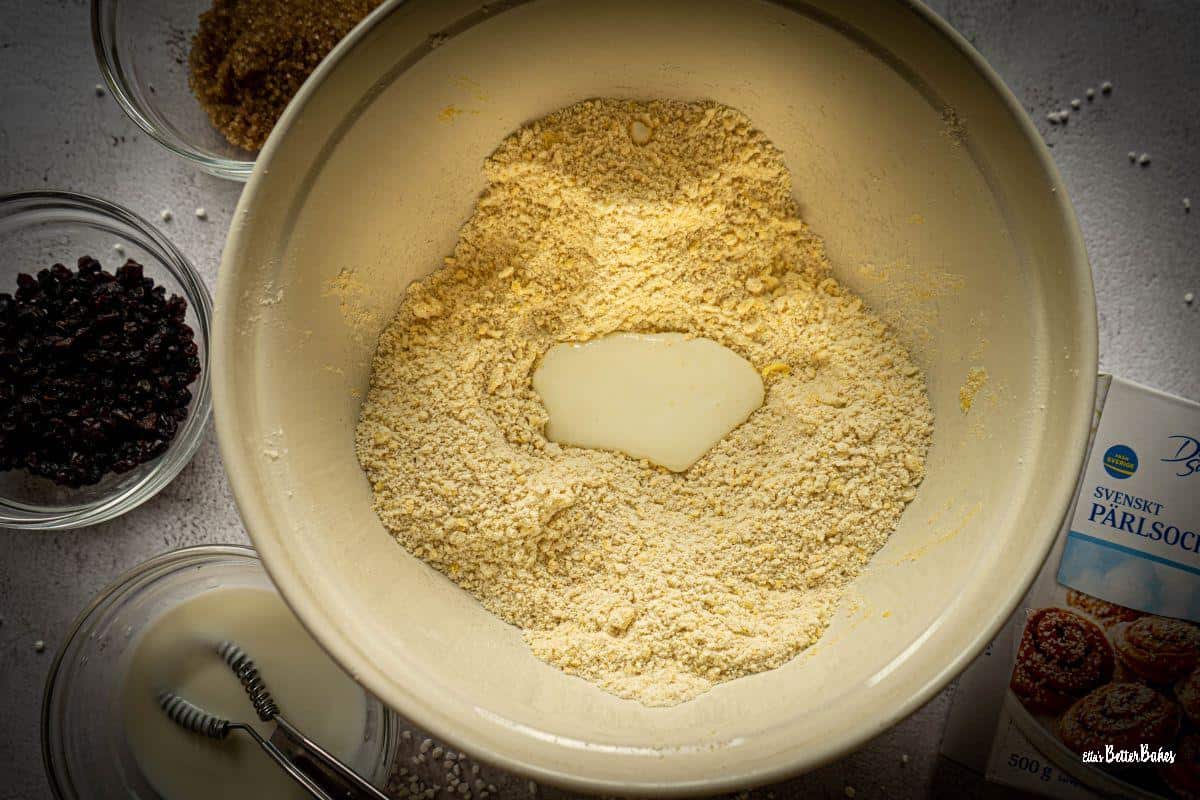
Mix together your buttermilk and milk and pour half into the well and then mix in with a fork.
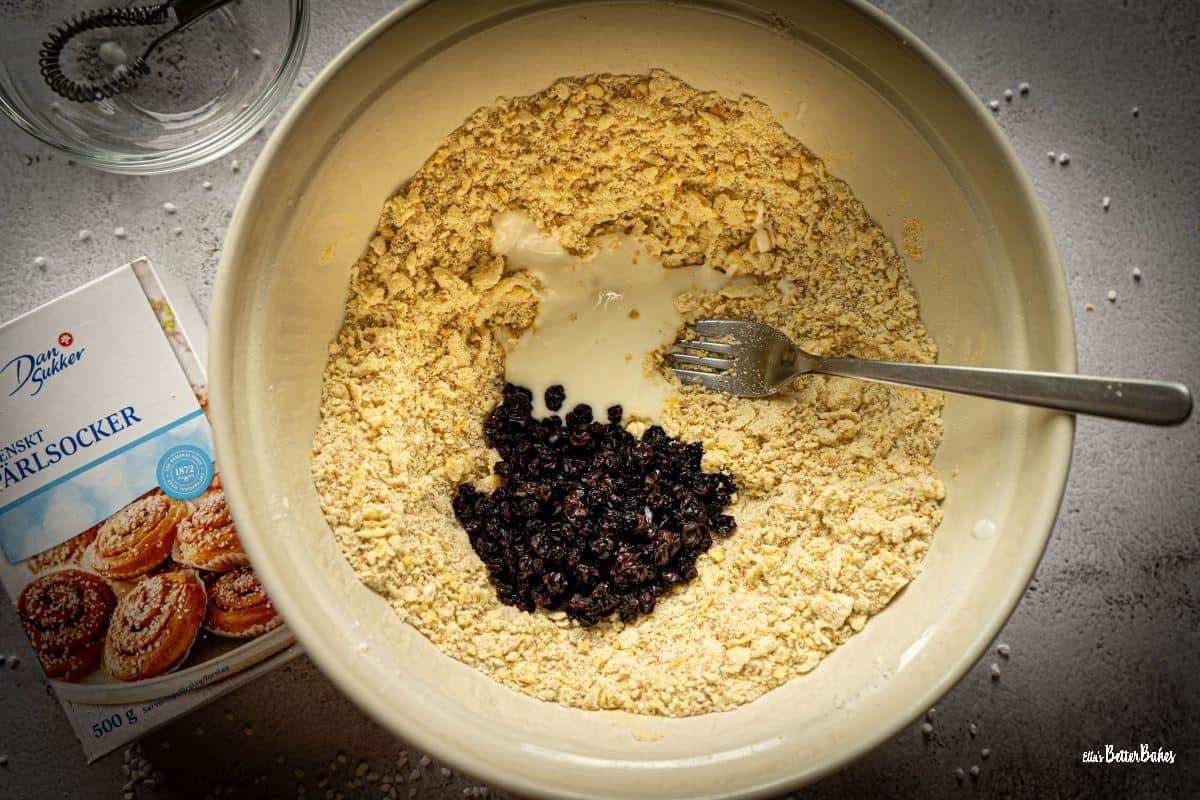
Mix in your demerara sugar and then make another well in the centre, add the rest of your buttermilk mixture and your currants.
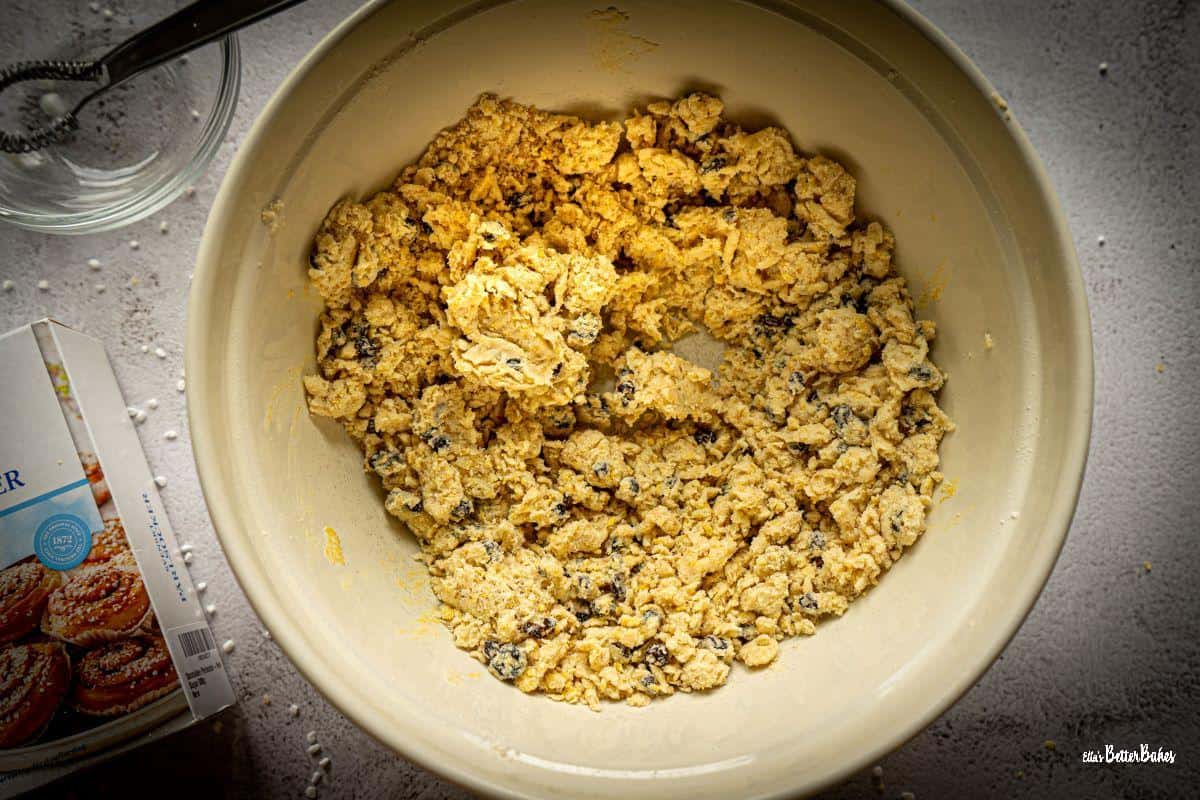
Again, mix in with a fork and keep mixing until all of the dry crumbs have been incorporated. Bring together into a ball.

Cut into 6 pieces and roughly roll each into a ball, flatten to about 1.5 inches in depth and place on a lined baking sheet.
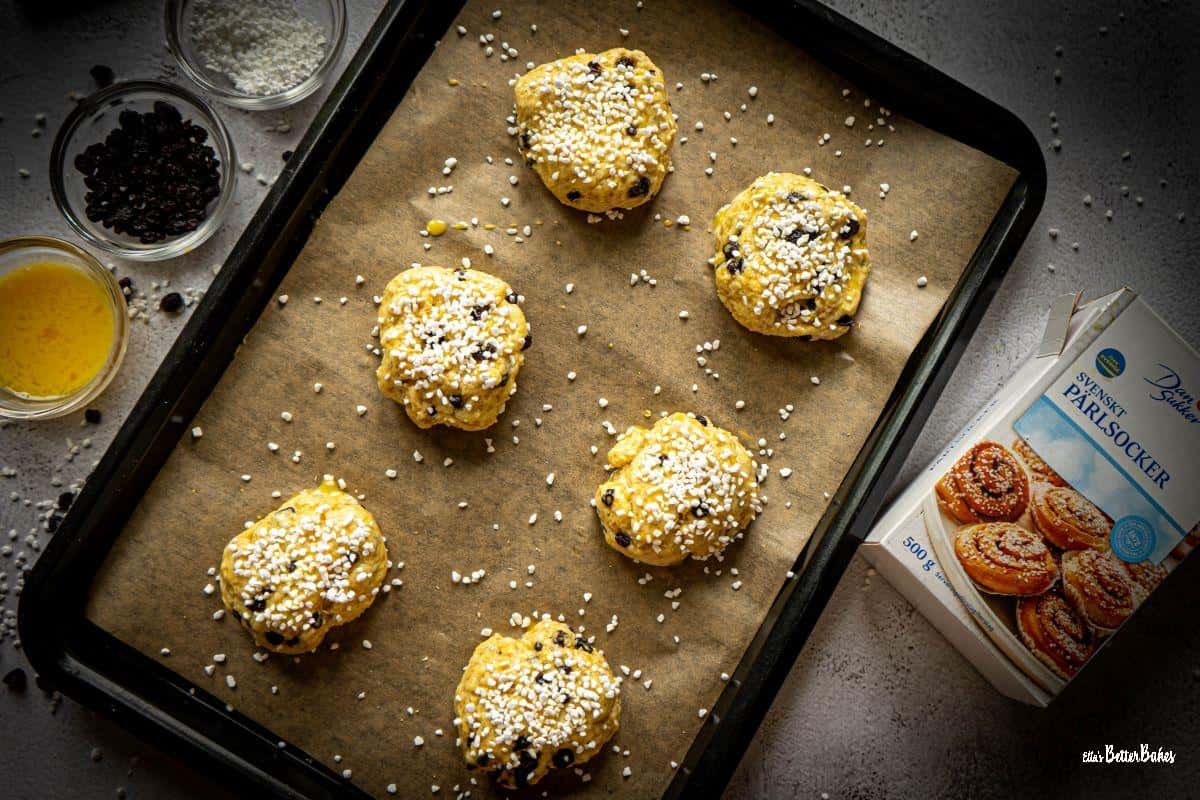
Glaze with egg yolk mixed with milk and sprinkle over Pearl sugar nibs.
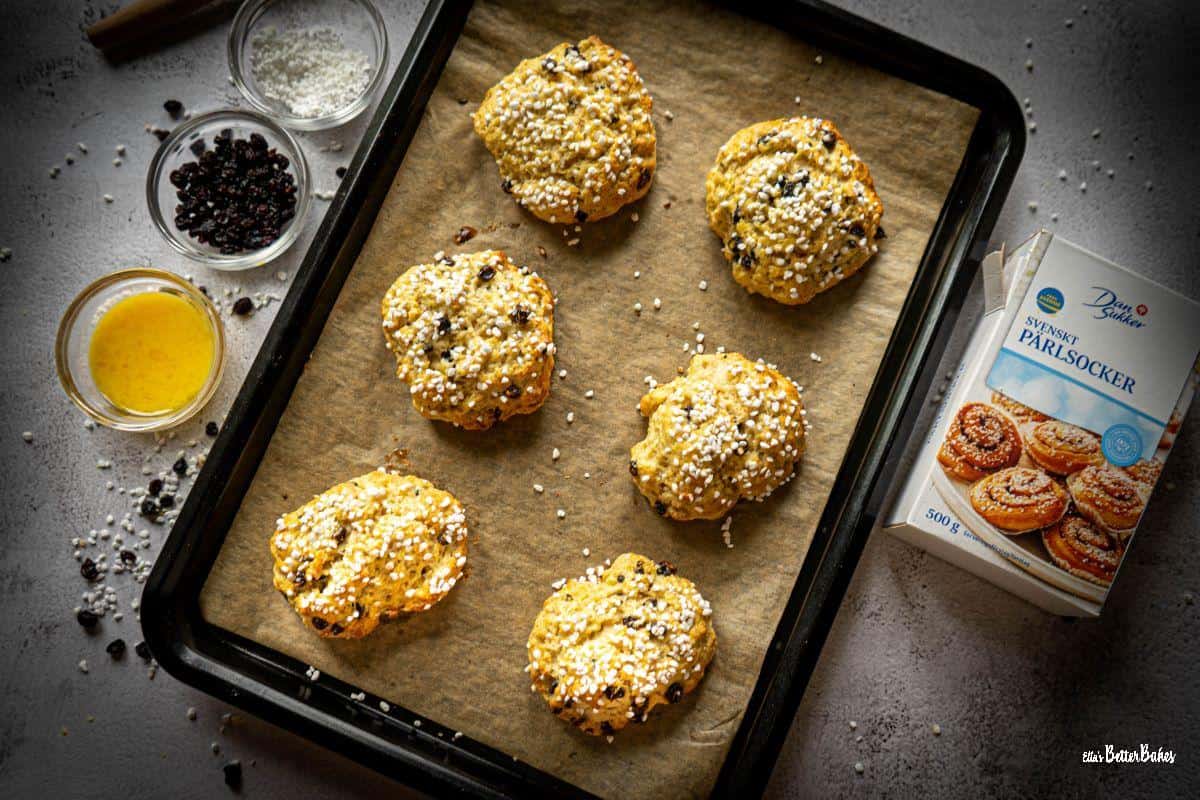
Bake for 15-20 minutes until pale golden all over. Serve warm.
Hint: when rubbing in your butter, and later your egg yolk, lift the mixture up high between your fingers as you rub, as this keeps it aerated.
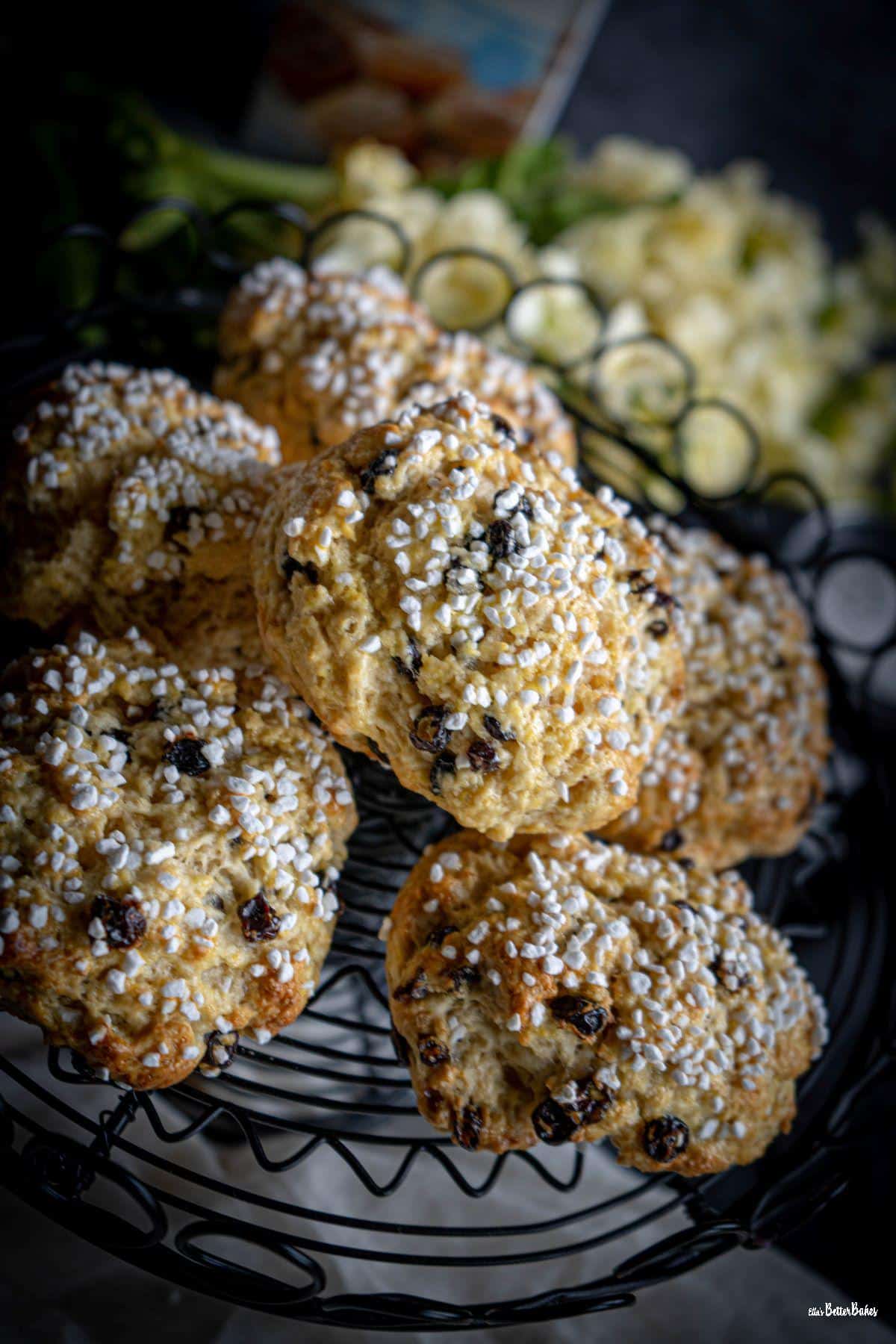
What is pearl sugar?
Pearl sugar, aka nibbed sugar, is hard little nuggets of sugar which do not melt when baked.
A box of pearl sugar is a great investment as it will last ages and can be used for all sorts of decorations from buns and pastries to toppings for cakes or even ice cream.
Did you try this recipe?
Please leave a ⭐⭐⭐⭐⭐ rating in the Recipe Card below.
Can you make your own Pearl sugar?
If you can, it's worth purchasing pearl sugar because it's a key component of a true Paris Bun and not easy to replicate.
However, it can be difficult to source and a bit pricey. An alternative stovetop method for homemade pearl sugar can be found here.
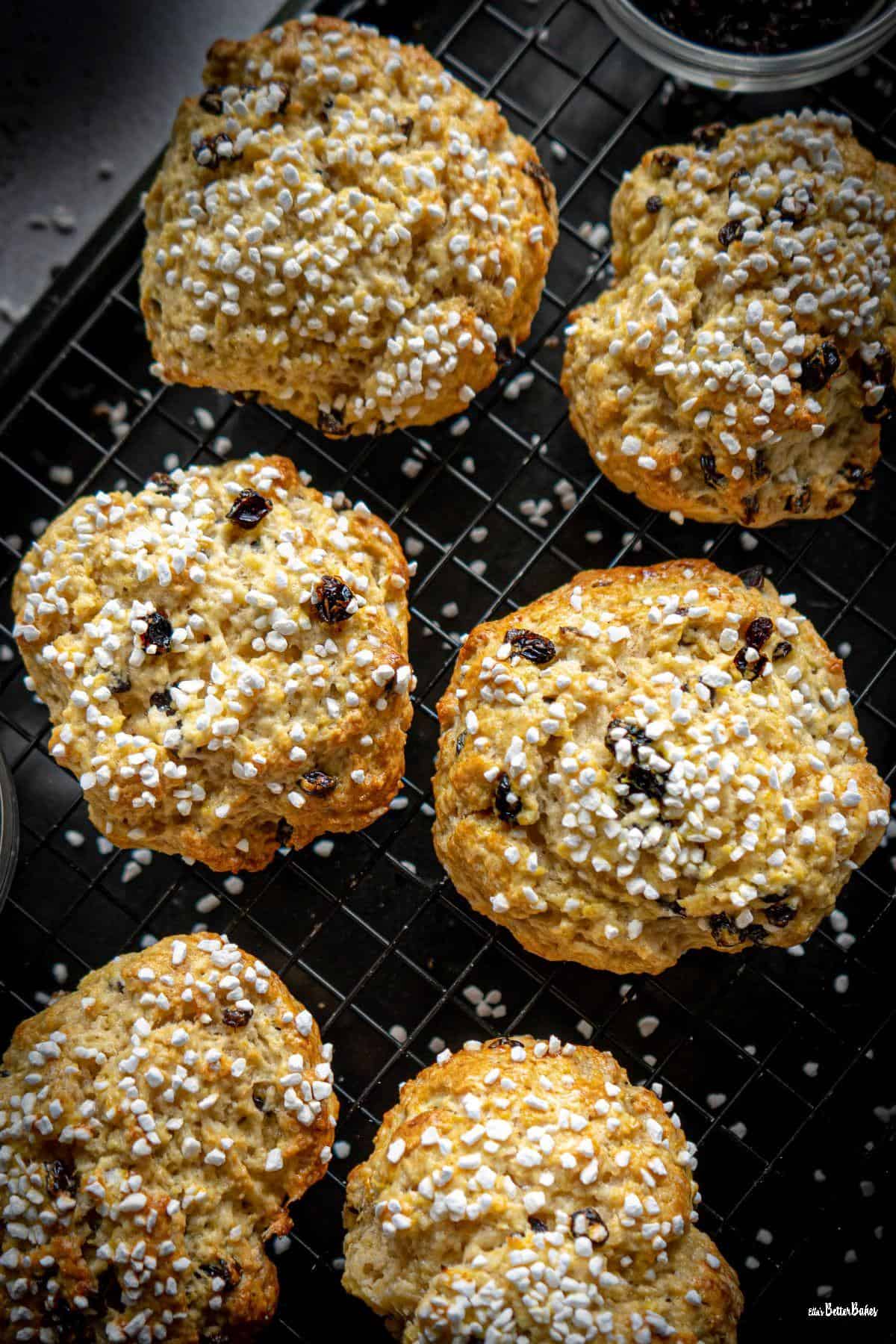
Substitutions
Don't have all of the ingredients listed for this Paris buns recipe? Don't worry here are some substitutions:
- Nibbed sugar - as noted above you can make your own nibbed sugar. Otherwise, you can crush up some sugar cubes, use sugar crystals or just use more demerara sugar.
- Plain flour - or you can use self-raising flour but omit the baking powder and salt.
- Currants - replace with mixed fruit, raisins or sultanas.
- Buttermilk - you can use all normal milk instead.
- Demerara sugar - granulated or caster sugar are perfect substitutes.
Variations
- Lemon Paris Buns - for a lemony twist to your Paris Buns simply soak the currants in a tablespoon of lemon juice for 20-30 minutes and add an extra 20 grams of demerara sugar. Use milk instead of buttermilk and add the zest on one lemon.
- Plain Paris Buns - as with plain scones, you can leave out the currants in this recipe and make plain buns instead.
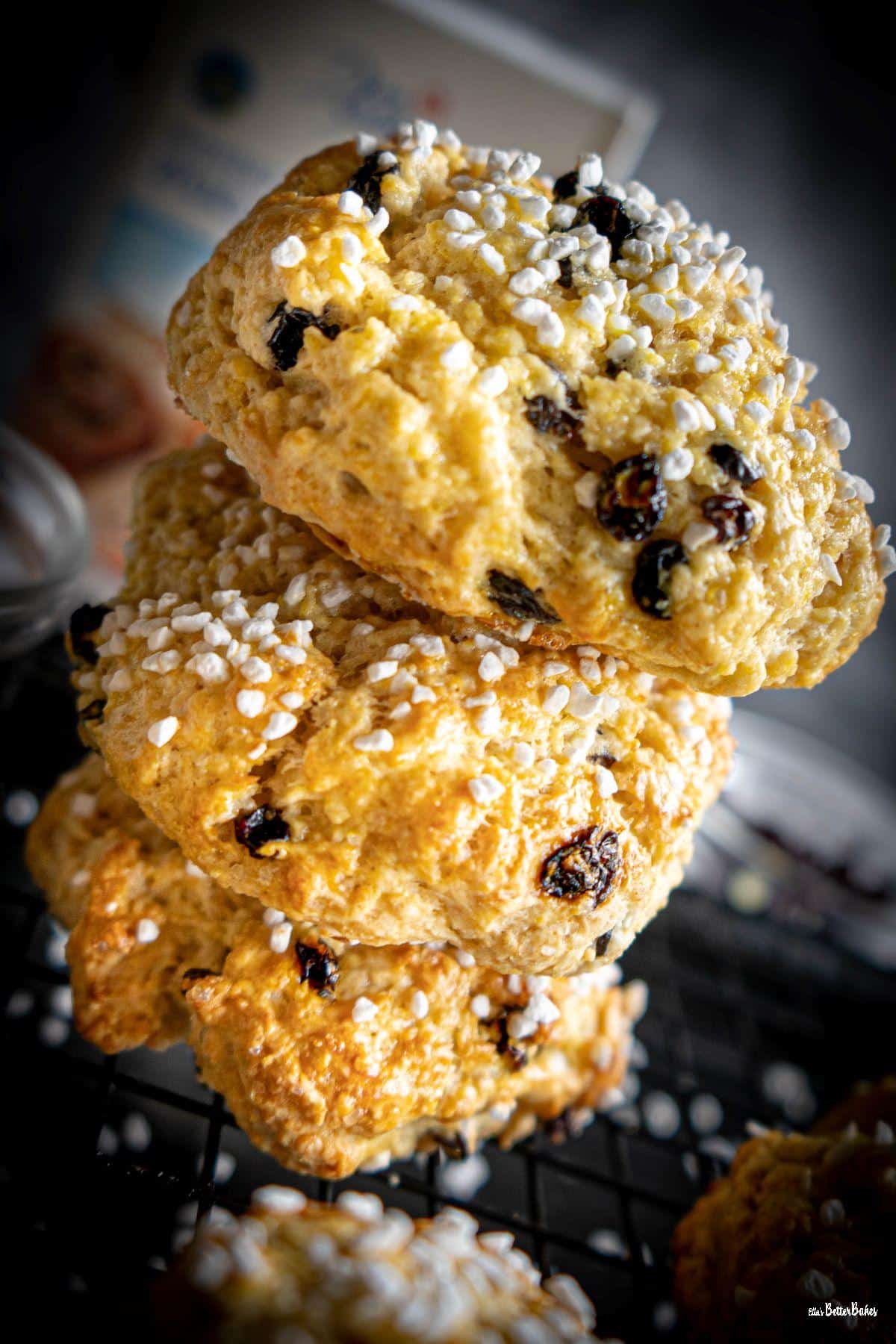
Storage
Paris Buns, like scones, are best eaten on the day they are baked. Better still, straight from the oven once they have cooled off a little.
It’s best to freeze them individually in cling film (plastic wrap) and consume them within 2 months.
Serving suggestions
Unlike scones, Paris Buns are eaten as a cake but preferably warmed a little first.
However...personally I find them absolutely exceptional cut in half with a little strawberry jam spread over...🍓
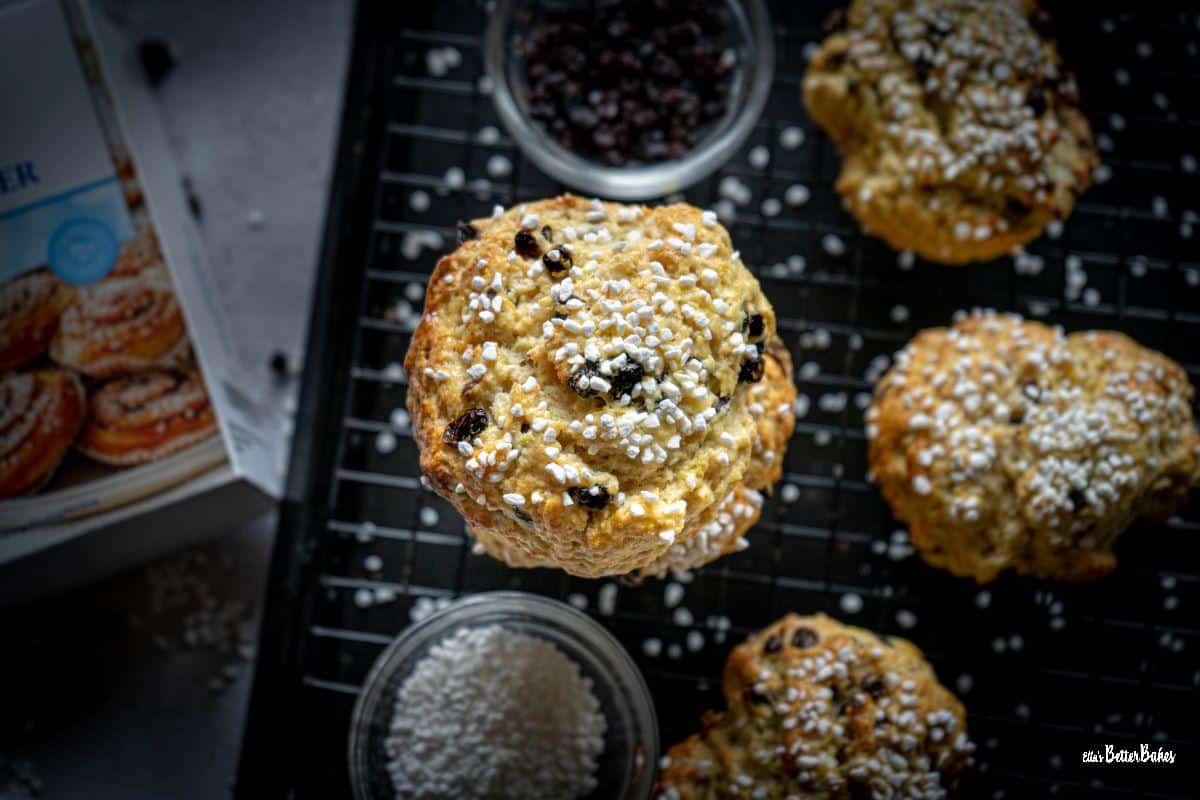
Top tips
To check that no large lumps of butter remain when you've rubbed your butter into your flour, stand the bowl on a flat surface and give it a shake backwards and forwards, this will bring larger lumps to the surface which you can then rub into the flour.
Use a fork to bring the dough together as the mixture runs through the prongs rather than clumping around it, as it does with a spoon.
A dough scraper/chopper makes cutting your Paris Buns to the same size much easier because it cuts through the dough far better than a knife.
Don't overbake! Paris Buns should be just lightly golden when baked, otherwise, they will be dry.
Linked Recipes
Like buns? Like dried fruits? Here are some more lovely fruity, spicy recipes you might like to try...
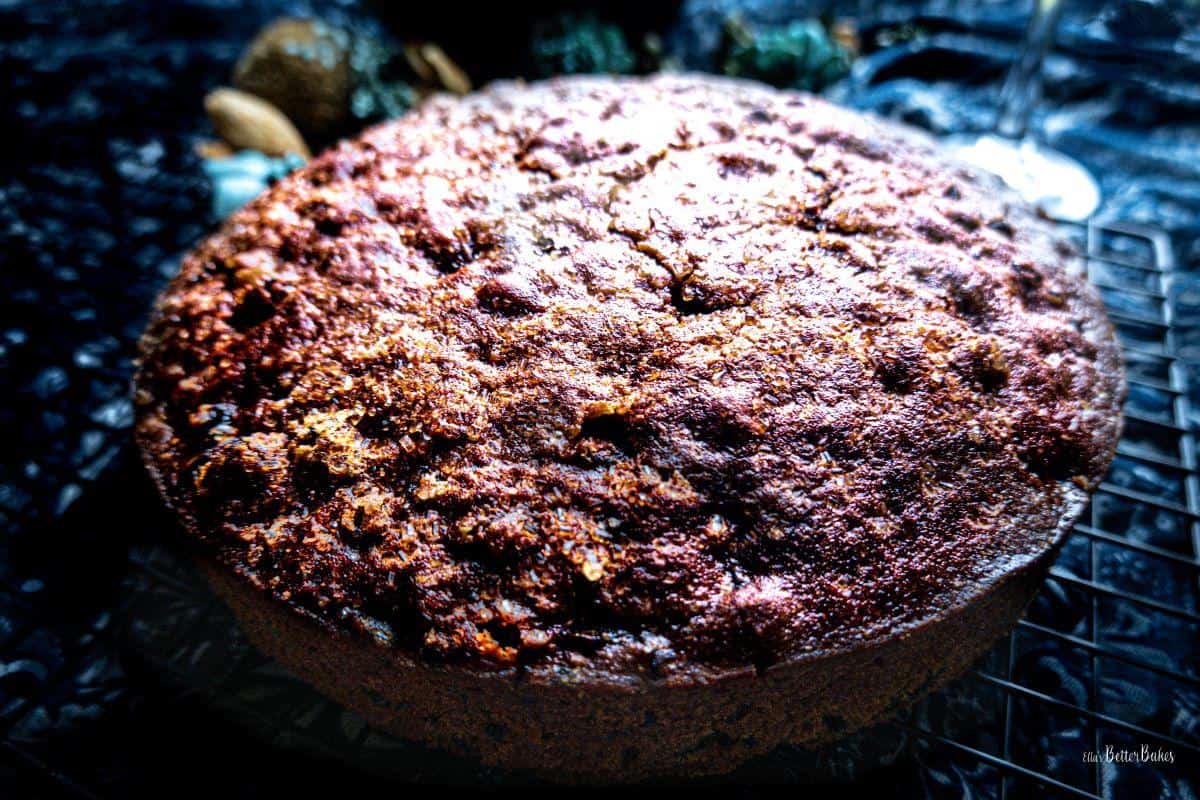
So perfect and so simple, this was one of the first bakes featured on Ella's Better Bakes and one of my all-time favourite recipes.
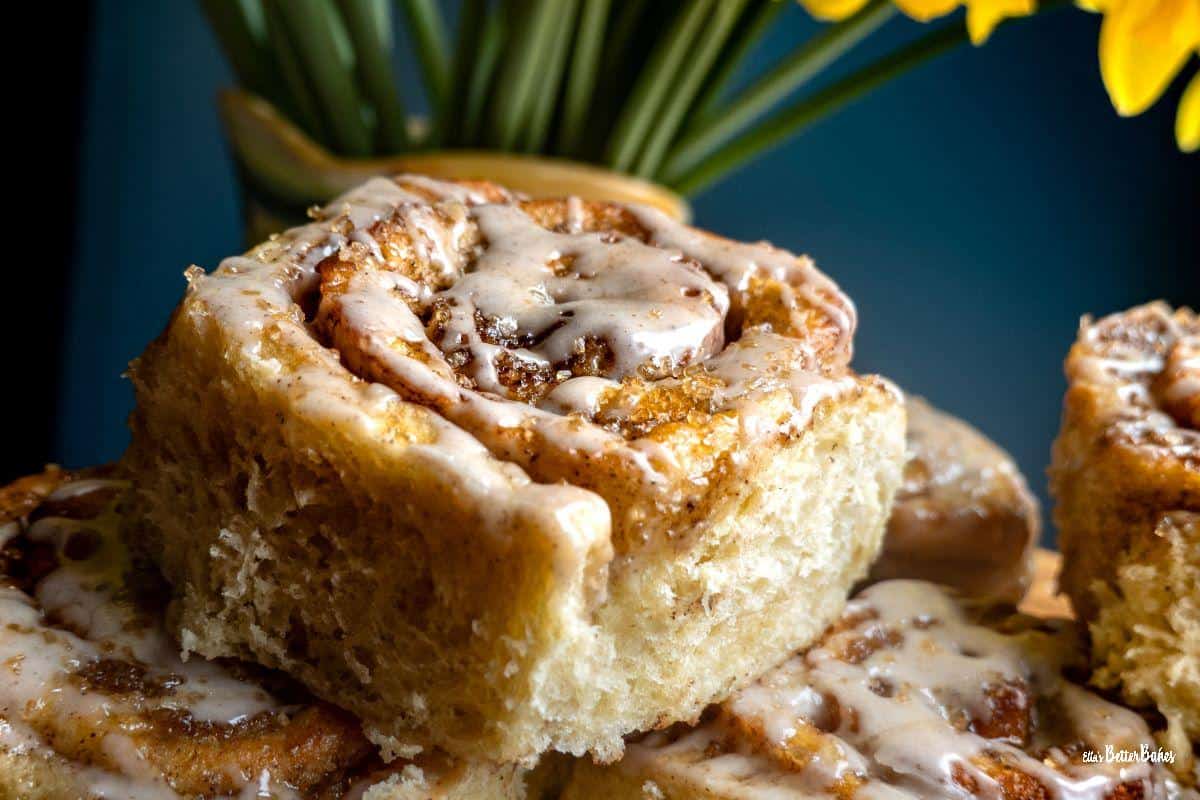
My son's favourite recipe, these buns are really light and fluffy and maple syrup in the icing really sets them off.
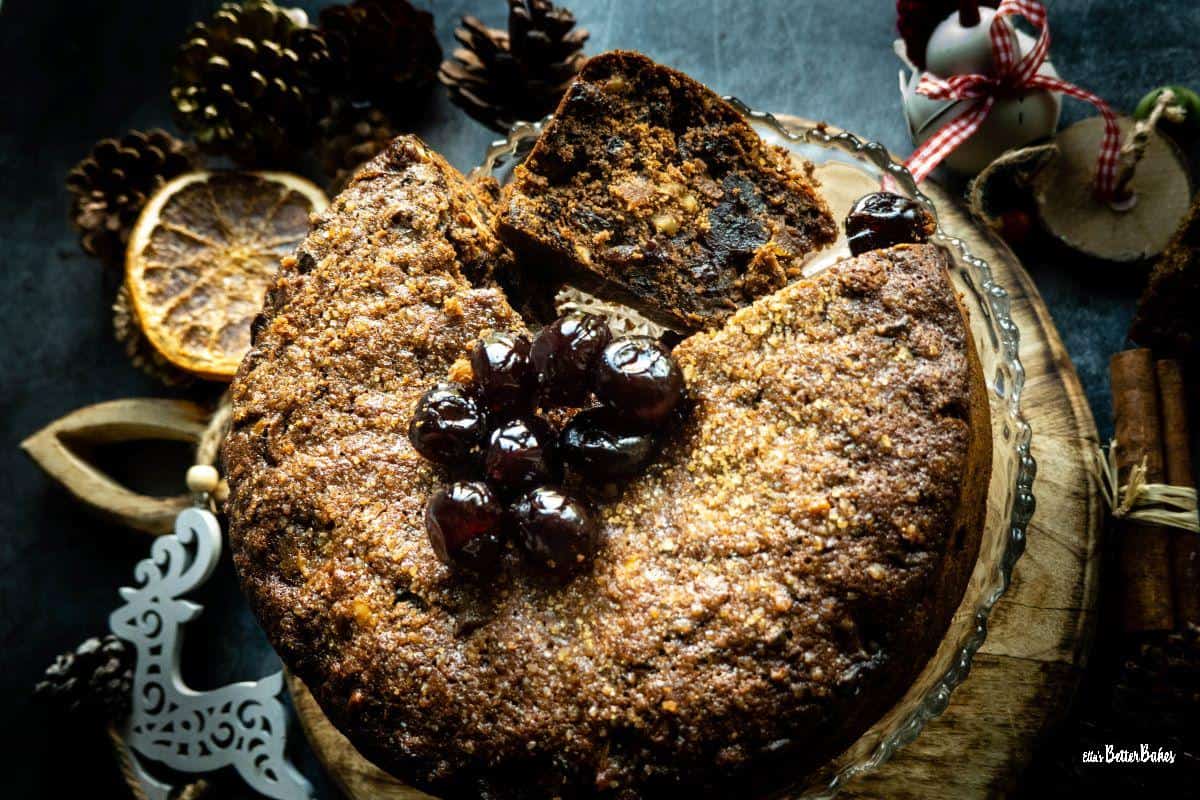
This cake was created from a whole variety of ingredients I had left in my cupboards, it is super moist and fruity and totally sublime.
📖 Recipe
Paris Buns
Here's what you'll need...
- Fork or wooden spoon
Ingredients you'll need...
Paris Buns
- 250 g Plain (all-purpose) flour (1 Cup and 12 tablespoon)
- 1½ teaspoon Baking powder
- ¼ teaspoon Fine salt
- 60 g Unsalted butter cold and cut into small chunks (⅓ Cup)
- 1 Egg yolk from a large egg
- 60 g Demerara sugar (⅓ Cup)
- 100 ml Buttermilk (7 tablespoons)
- 20 ml Milk (2 tablespoons)
- 50 g Currants (⅓ Cups)
Paris Buns Topping
- 1 Egg yolk
- 1 tablespoon Milk
- 2 tablespoon Pearl sugar aka nibbed sugar
Here's what we do...
Paris Buns
- Preheat your oven to 170°C Fan/190°C/375°F/Gas mark 5.
- Take your large baking sheet and cover the base with a sheet of greaseproof (parchment) paper (or grease with some extra butter and then sprinkle over some extra flour).
- Sift your flour, baking powder and salt into your large mixing bowl.
- Dot over your chopped cold butter and rub it into the flour with your fingertips holding it up high and letting it fall as you do so, to keep it full of air. Stop once the mixture becomes sand-like. To double check that there are no large lumps of butter left, give the bowl a shake to bring any large pieces to the surface.
- Add your egg yolk and rub that in too, in the same way.
- Mix your buttermilk and milk together.
- Make a well (dent) in the centre of your flour mixture and pour in half of your buttermilk/milk mixture. Mix and combine using a fork, until some large lumps are formed but there is still plenty of dry mixture left.
- Mix in your demerara sugar, until evenly distributed.
- Make a well in the middle again and add the rest of your buttermilk and milk mixture and your currants.
- Mix with your fork again and keep mixing until all of the dry mixture has been combined, then go in with your hands and pull it all together into a ball. If you find the mixture is not easily coming together and is a bit dry, add another 1-2 teaspoons of milk or buttermilk, the mixture should not be sticky but should be pliable and bind together. Do not knead it though as this will affect the texture of your Paris Buns.
- Place the ball onto your work surface and flatten it a little so that the surface area is level. Cut it down the centre and then each side into 3 equal pieces, then roll each piece into a rough ball. Push any protruding currants into the buns, to stop them from burning.
- Place balls onto your lined baking tray, flattening them slightly and ensuring a gap of an inch and a half apart.
Paris Buns Topping
- Mix together your egg yolk and milk and then paint over the top and sides of each bun using your pastry brush.
- Sprinkle over your pearl sugar.
- Bake in the centre of your oven for 15-20 minutes until just golden, don't be tempted to bake until really golden because they will become hard and dry inside.
- Remove and place on a cooling rack.
- Eat when slightly warm.

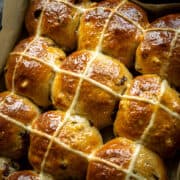
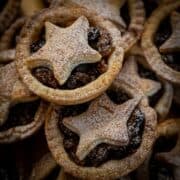
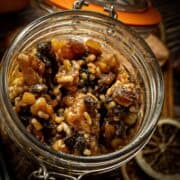
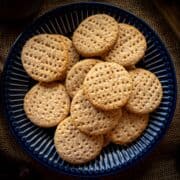
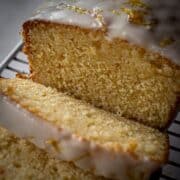
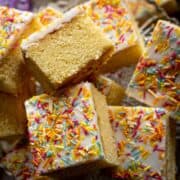
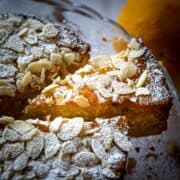
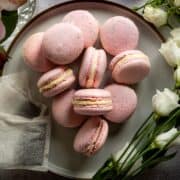
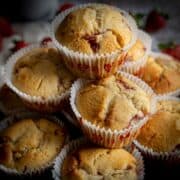


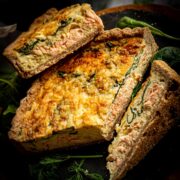
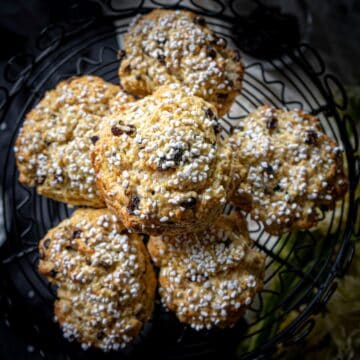
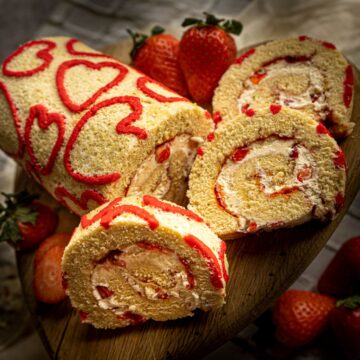
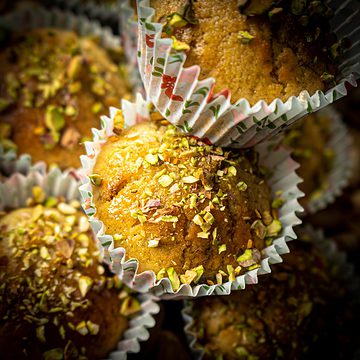
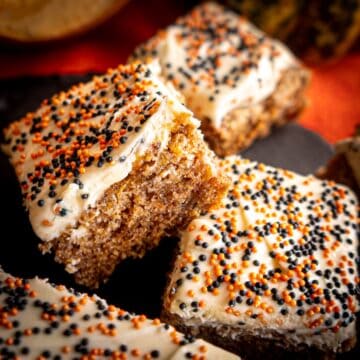
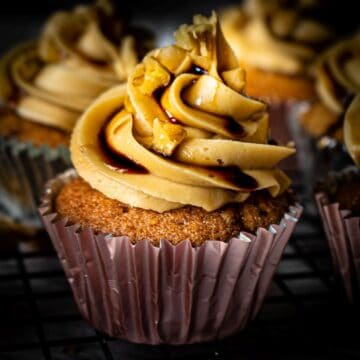
Comments
No Comments